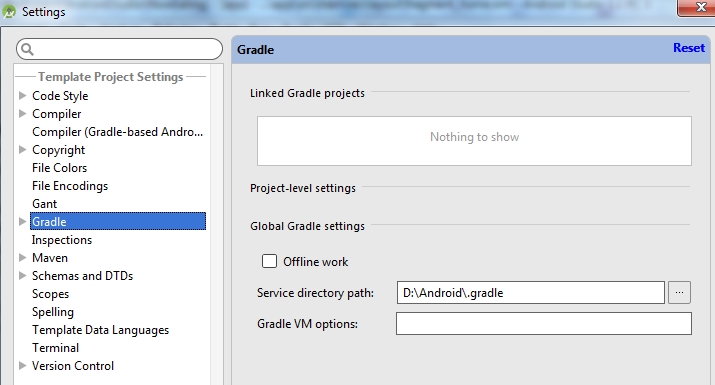

Start by creating a file called adle at the same level as the project adle. I’m going to use the file management and JSON serialization features in this example. This is good for us, because it means we have a lot of language features at our disposal. The language underlying gradle, which is used for builds by Android Studio, is Groovy. In this example, I’m going to read in a JSON file from outside the Android Studio area, and write a JSON file to res/raw. An even better solution would be to pull the information I need and write out the correct JSON format for Android Studio. One of the most useful environment variables to set is ANDROIDHOME, which many tools read to determine the Android SDK installation directory. However, a better solution would be to ensure the file exists and to copy it to the right place. You can configure the behavior of Android Studio and the command-line tools by setting environment variables.

Now, the question becomes “how do I get that infrastructure.json file into my front end code?”Ī simple version of this would be to ensure I copy the file every single time I update it. I’ve got my backend configuration written using Terraform, and it outputs a file called infrastructure.json that describes the backend in a JSON format. I’m currently writing a cloud-native app with an Android (and iOS) front end. Hooking the prebuild step into the configuration.Adding a pre-build step to Android Studio builds


 0 kommentar(er)
0 kommentar(er)
